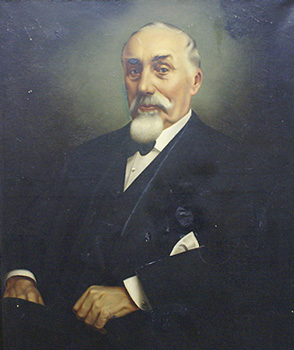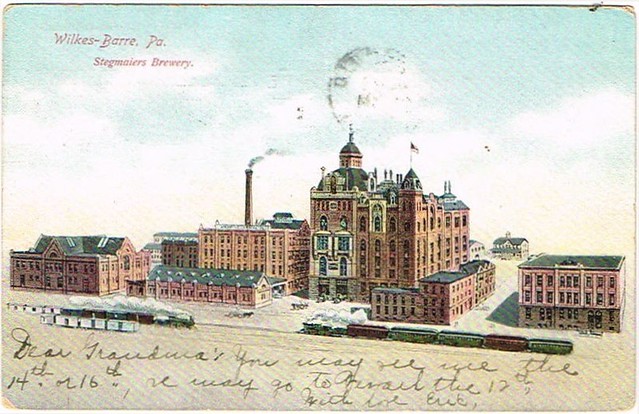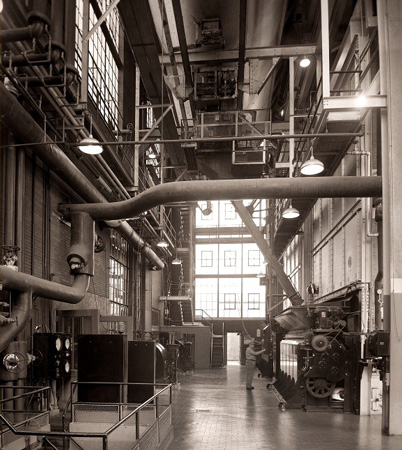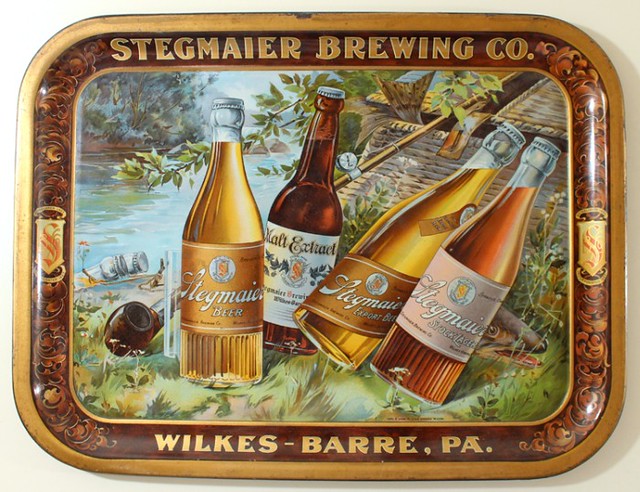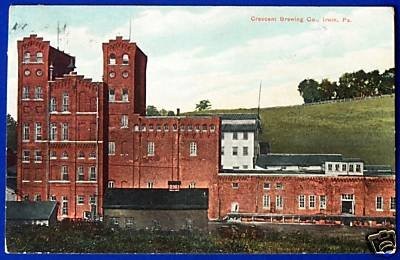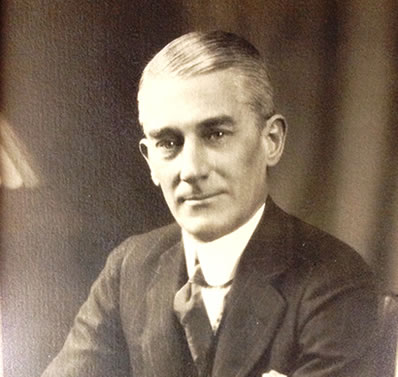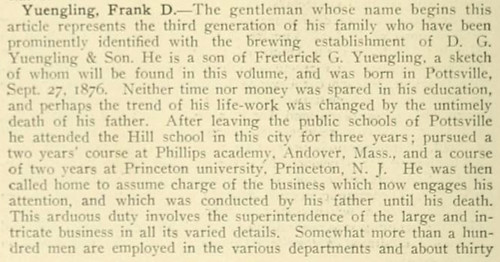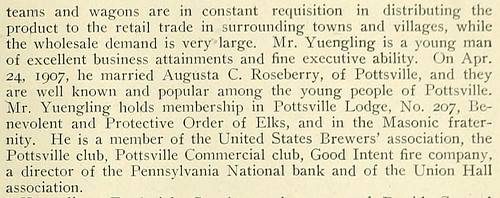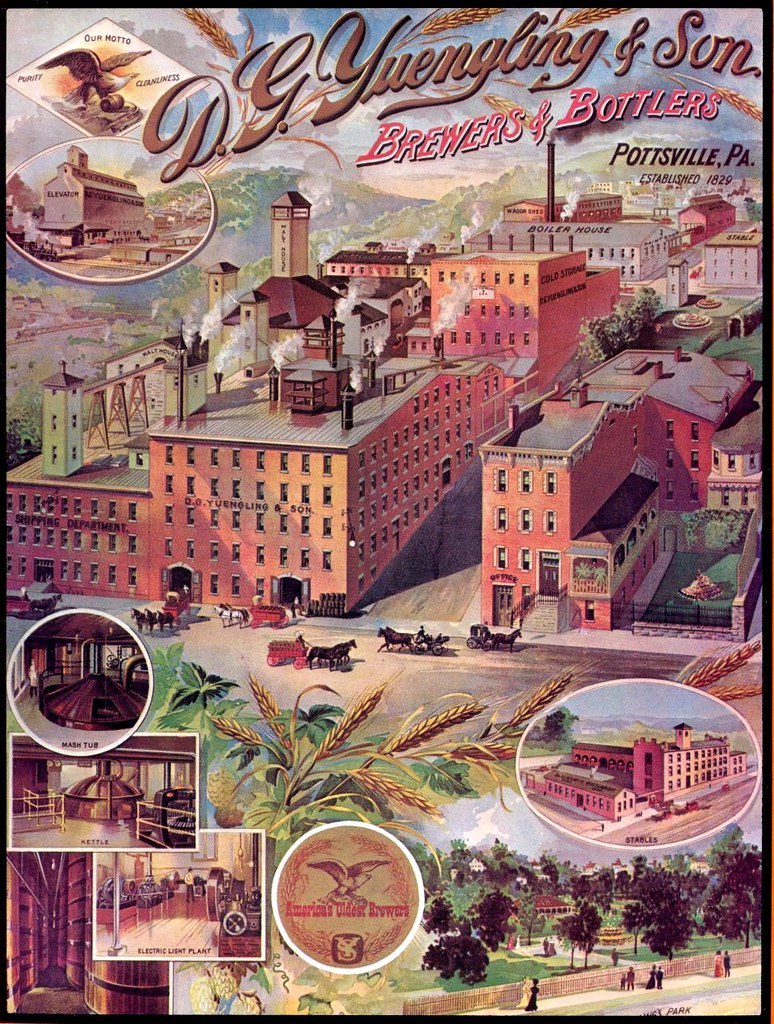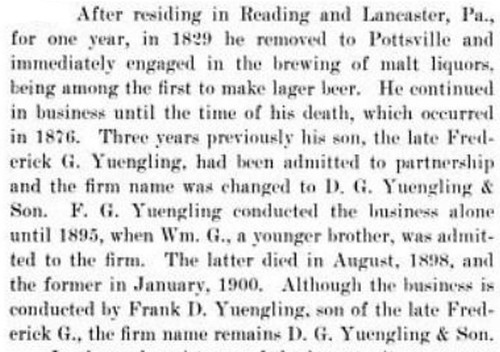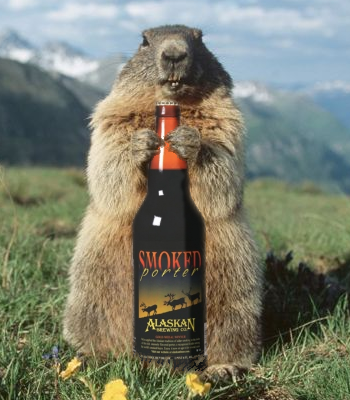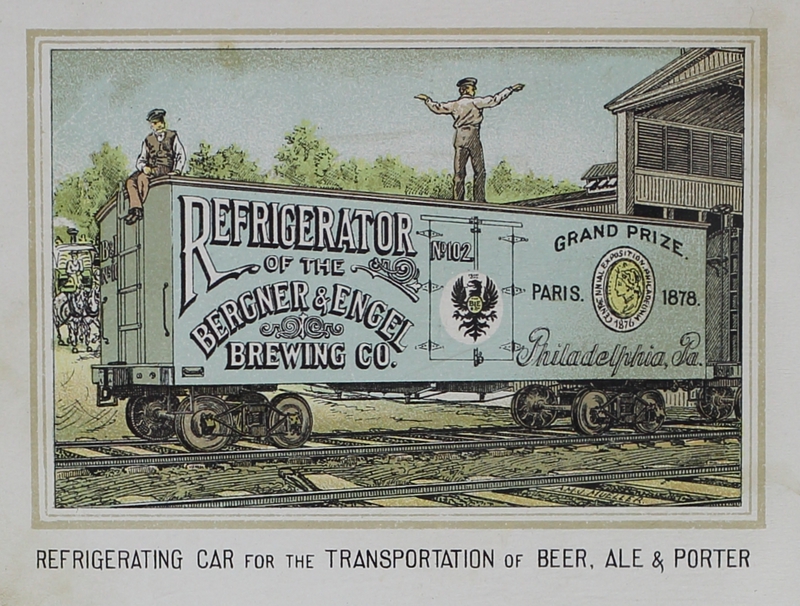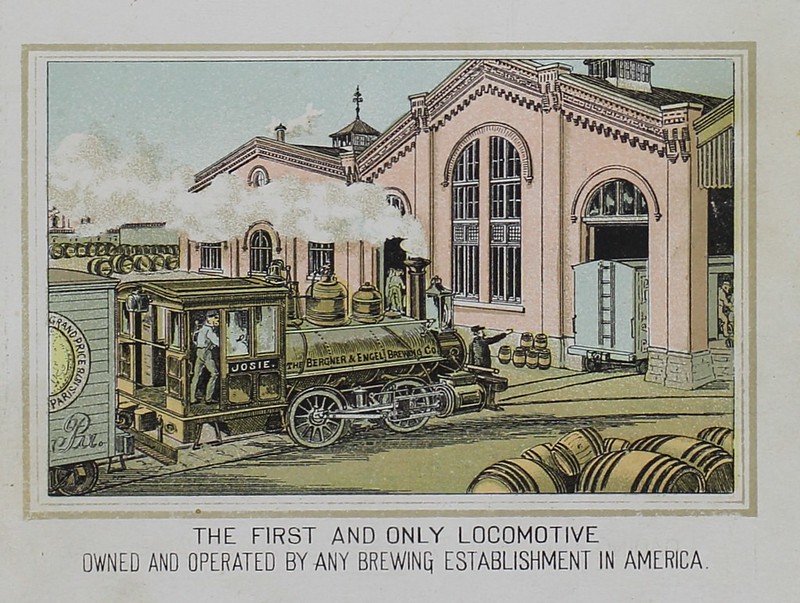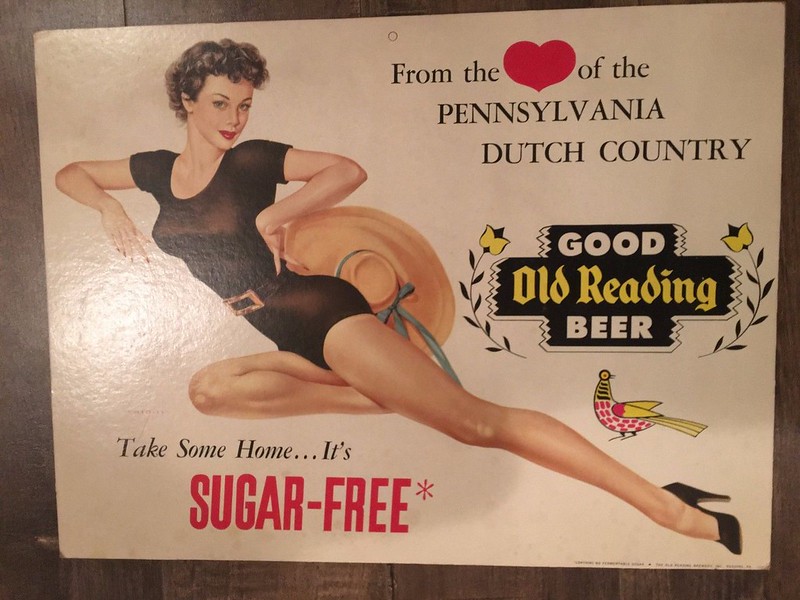
Today is the birthday of Nicholas Bastendorff (October 8, 1842-December 22, 1915). Bastendorff was born in Luxembourg, though it was considered part of Prussia then (today Germany), and may have been part of the area of Luxembourg partitioned to Prussia in 1815, and before they gained their independence in 1867. He came to Pennsylvania when he was 30, and settled in Lancaster. While I can’t find very much information about Bastendorff, he was apparently one of the early owners of the Lion Brewery, and later was involved in some fashion with the Rickers Brewery, although I can’t find anything out about that brewery, not even where it was located.

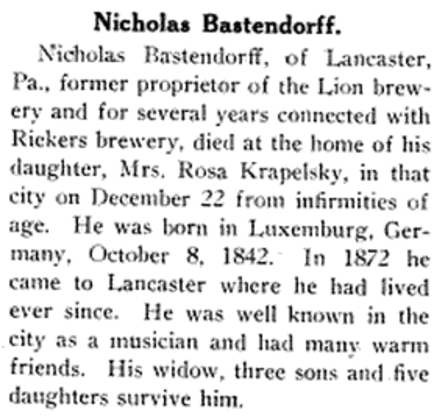
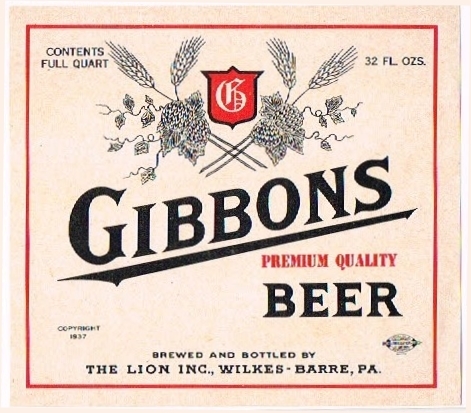
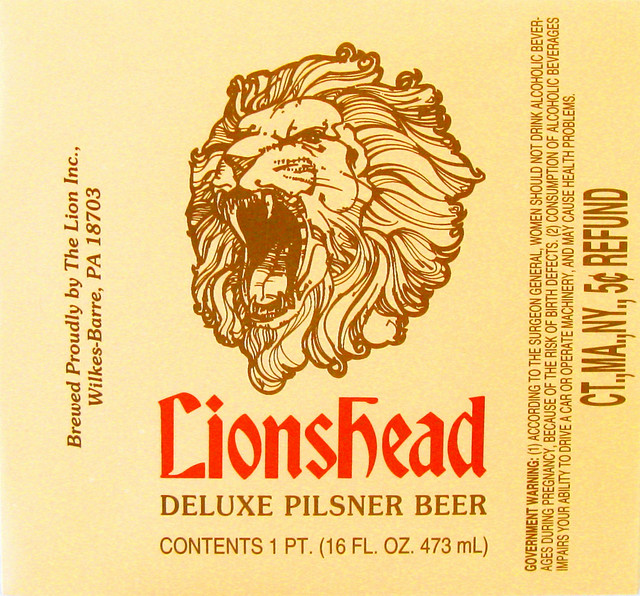
The Lion Brewery’s early history, from their Wikipedia page:
Lion Brewery, Inc. started as the Luzerne County Brewing Company with the acquisition of land from Delaware and Hudson Company in 1905. The land was purchased for one dollar on the terms that the company would build a brewery capable of producing 100,000 barrels per year in just the first year and sell each barrel for no less than a dollar a piece. If the terms were not met, the land would return to the Delaware and Hudson Company. The Luzerne County Brewery survived the terms of sale and was able to remain strong through the Prohibition years, 1920-1933, by brewing cereal beer. Cereal beer is more commonly known as “near-beer,” as it has an alcohol content of about 0.5%, which is about a tenth of most beers. Ted Smulowitz purchased the Luzerne County Brewery after Prohibition in 1933 and renamed it The Lion Brewing Company.



